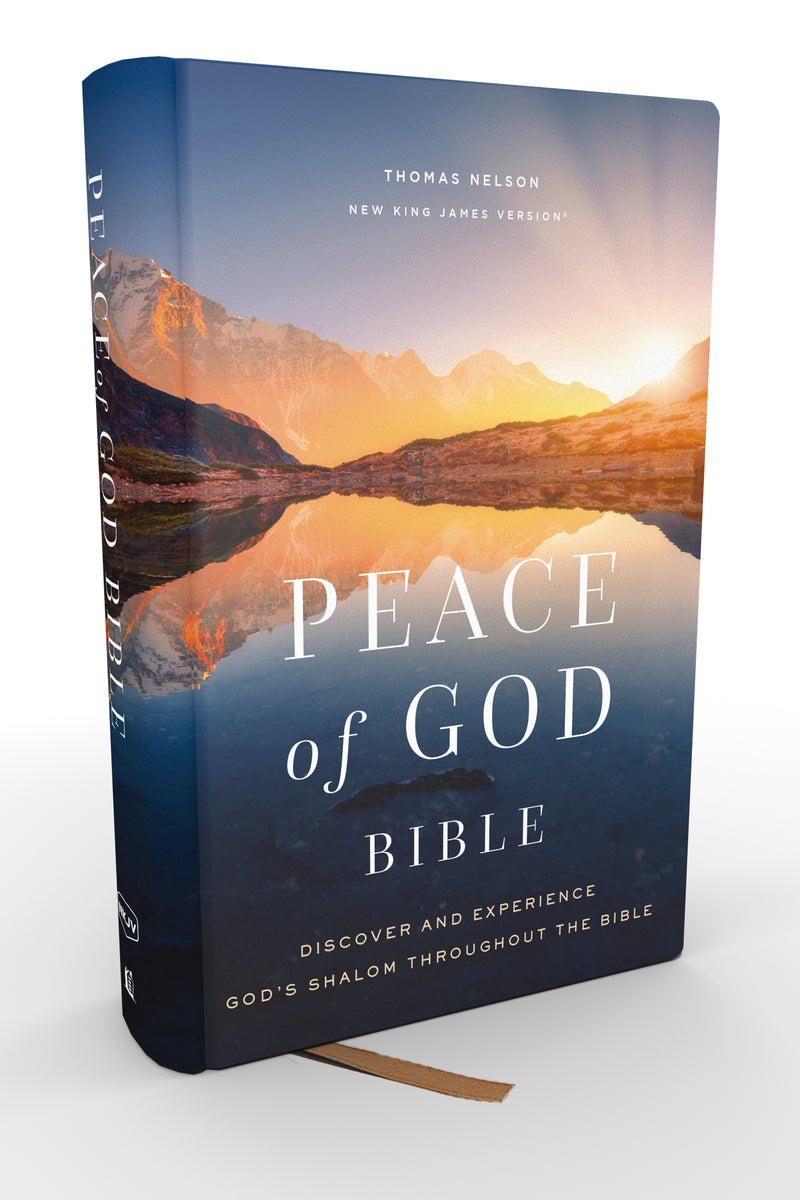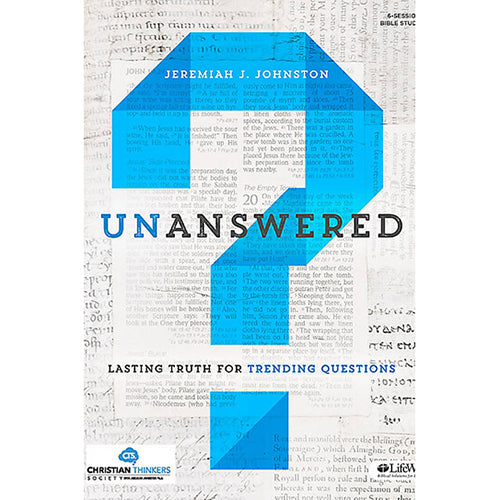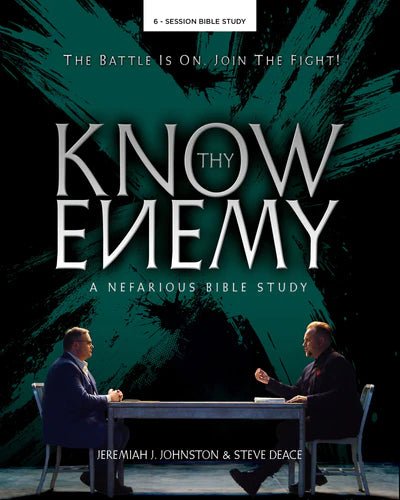
In a recent episode of The Glenn Beck Podcast, Jeremiah J. Johnston, PhD explored one of history's most fascinating artifacts—the Shroud of Turin. For centuries, this blood-stained linen cloth bearing the mysterious image of a crucified man has baffled scientists and inspired believers. But new evidence suggests this ancient burial shroud may capture something extraordinary: the precise moment of Christ's resurrection. As skepticism about Christianity grows in our culture, could this artifact provide compelling scientific support for the cornerstone event of our faith?
The Challenge That No One Has Accepted
In 2022, a prize of one million dollars was offered to anyone who could recreate the Shroud of Turin. If this artifact is merely a medieval forgery, as some critics claim, reproducing it should be straightforward for modern science. Yet remarkably, no one has accepted the challenge. Why? Because despite decades of intense scientific scrutiny, researchers cannot explain how the image was formed on the cloth.
Dr. Johnston boldly declares that "the Shroud of Turin is the most lied about artifact in history." Too often dismissed as merely a Catholic relic, the Shroud actually offers profound evidence relevant to all Christians. The scientific data surrounding this artifact continues to astound researchers, revealing details about the crucifixion that align perfectly with the Gospel accounts—and suggesting something even more remarkable about the resurrection itself.
Beyond Medieval Forgery: What Science Reveals
The image on the Shroud appears only in photographic negative—a phenomenon impossible to create or even conceive of in medieval times, centuries before photography was invented. This alone should give skeptics pause. But the evidence goes much deeper.
The Shroud contains what Dr. Johnston describes as Jesus' rare blood type, shows the precise pattern of a Roman scourging, and reveals details about the crown of thorns that challenge our traditional artistic depictions. Rather than the neat circlet often shown in paintings, the evidence suggests a cap of thorns covering the entire head—consistent with the mockery of Christ as "King of the Jews" described in the Gospels.
Consider the prophetic words of Isaiah 52:14: "His appearance was so disfigured beyond that of any human being and his form marred beyond human likeness." The Shroud's image corresponds precisely with this prophetic description of the suffering servant, showing trauma consistent with the brutal crucifixion detailed in Scripture.
Capturing the Moment of Resurrection
Perhaps most remarkable is what the scientific evidence suggests about when the image was formed. The characteristics of the image—including its superficial nature, affecting only the topmost fibers of the cloth, and its three-dimensional properties—indicate it was created by an intense burst of energy or radiation. This has led researchers to a stunning conclusion: the image may have been created at the exact moment of resurrection, when Christ's glorified body passed through the burial cloth.
This aligns powerfully with Scripture's account. In John 20:6-7, when Peter entered the tomb, he saw "the strips of linen lying there, as well as the cloth that had been wrapped around Jesus' head. The cloth was still lying in its place, separate from the linen." The precision of this description suggests the grave clothes retained their form even after Christ's body was no longer present—exactly what we might expect if the resurrection involved a transformation that left this remarkable imprint.
As Dr. Johnston emphasizes in his conversation with Glenn Beck, if science cannot explain the Shroud through natural means, we must consider supernatural explanations. The evidence points beyond mere historical documentation to a miraculous event that defied the laws of physics.
Why This Matters for Every Christian
Some may wonder: why does the Shroud matter? Can't we simply take the resurrection on faith? The answer is yes—and yet God has graciously provided evidence for those who seek it. As 1 Peter 3:15 instructs us: "Always be prepared to give an answer to everyone who asks you to give the reason for the hope that you have."
The Shroud offers a tangible connection to the central event of Christianity. It doesn't replace faith, but it can strengthen it. It provides a response to skeptics who claim Christianity is merely wishful thinking. It demonstrates that our faith rests on historical, physical, verifiable reality.
In an age of increasing skepticism, such evidence serves as a powerful apologetic tool.
Questions for Reflection
As you consider the evidence of the Shroud of Turin, ask yourself:
- How does physical evidence for the resurrection strengthen your faith and witness?
- What does it mean that God may have left us scientific proof of the resurrection—the very event that separates Christianity from every other religion?
- How can you use evidential apologetics to engage skeptics and seekers in meaningful conversations about Christ?
Conclusion: Faith Seeking Understanding
The Shroud of Turin reminds us that Christianity is not a blind leap into the dark but a reasonable step into the light. At Christian Thinkers Society, we are committed to teaching Christians how to become thinkers and thinkers how to become Christians. This means engaging both heart and mind, both faith and evidence, both devotion and reason.
The resurrection of Jesus Christ stands as the pivotal event in human history. As Paul wrote in 1 Corinthians 15:17, "If Christ has not been raised, your faith is futile; you are still in your sins." But Christ has been raised—and the Shroud may well bear witness to that glorious moment when death was defeated and our salvation secured.
The evidence invites investigation. The mystery invites worship. And the message invites response. Will you accept the invitation?
See more on the Glenn Beck website HERE.



